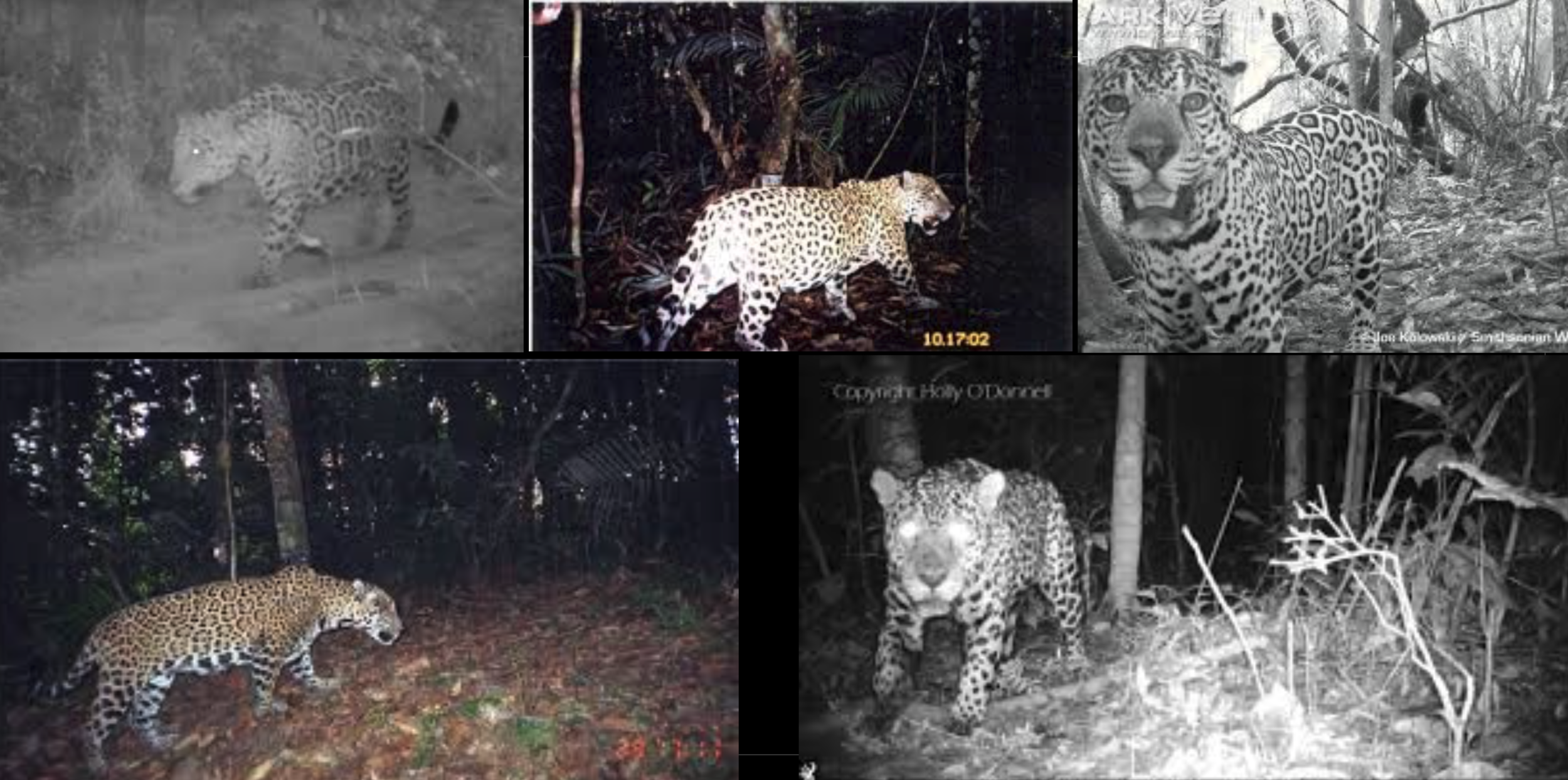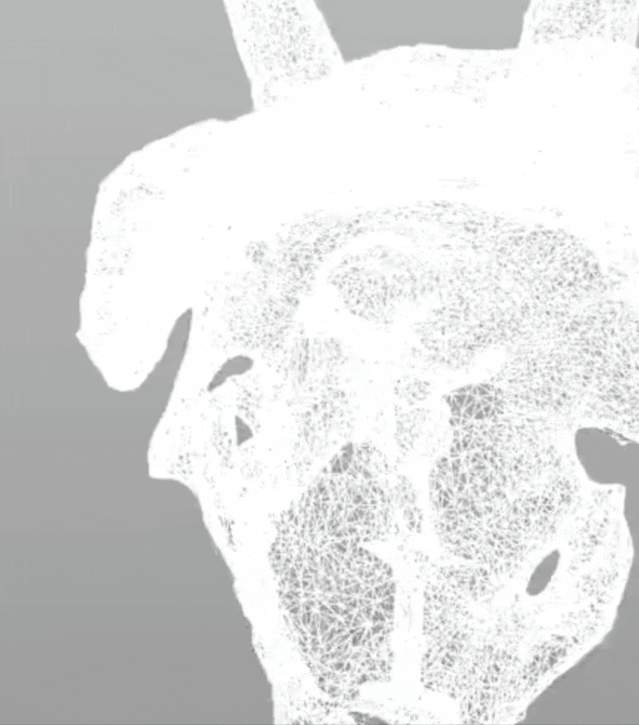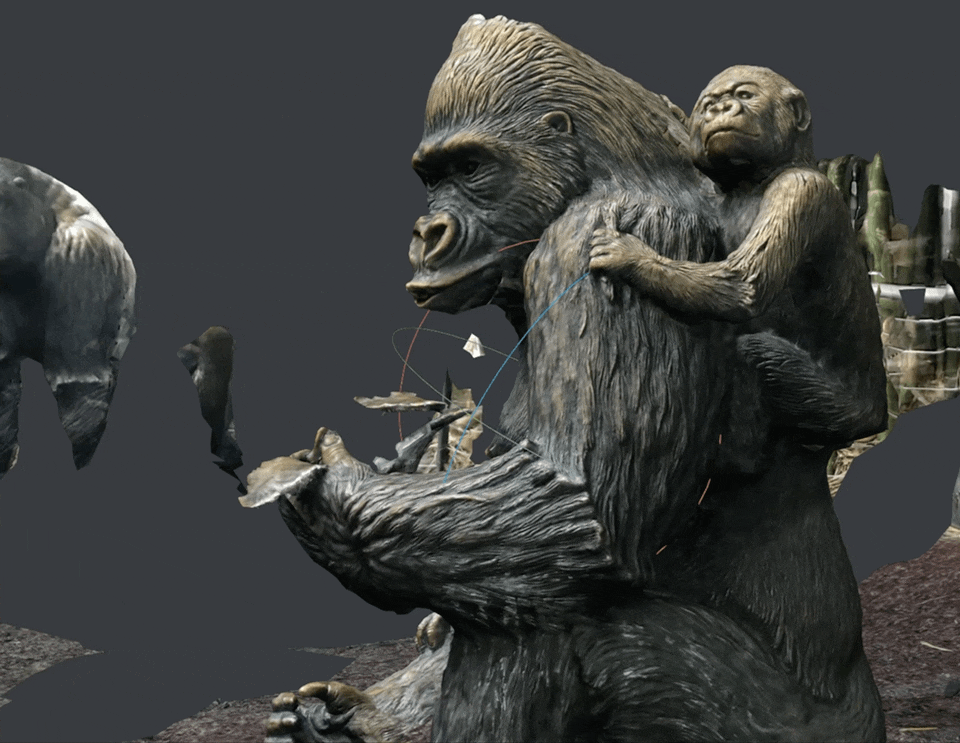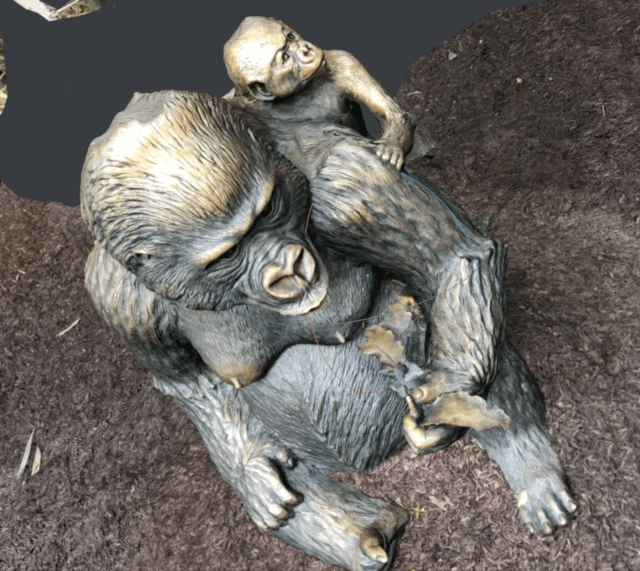3D Camera Trap
This project aims to convey the majesty of wild animals in unprecedented three-dimensional detail, helping faraway scientists and others better appreciate their plight.
Traditional camera trap images are notorious for their low-quality, grainy resolution and poor color fidelity. Yet modern cameras can do much better, even in humid or hot conditions. As a tool for measuring body condition, three-dimensional data can be helpful, but perhaps even more crucially, 3D data is far more engaging, and can be viewed in next-generation devices or brought to life by AR in users’ spaces. Imaging a scan of a wild animal appearing in your living room, or being able to 3D print a tiger seen that morning.
Using photogrammetry (the construction of 3D scenes from 2D images), the concept was tested at the San Diego Zoo on a gorilla statue using a series of images taken by a single camera. For the next-generation prototype, exposures would be triggered by animal motion to be taken simultaneously by an arc of 30 cameras.

Standard low-fidelity camera trap images.

Images I took at a museum of a triceratops skull.

Photogrammetry: using previous images to create a 3D reconstruction of the triceratops skull.

Photographs used to build gorilla 3D model.

Sequence of steps to derive 3D shapes and textures.

Photogrammetric reconstruction of 3D gorilla from previous series of 2D images.

The final model, showing excellent detail and accuracy.